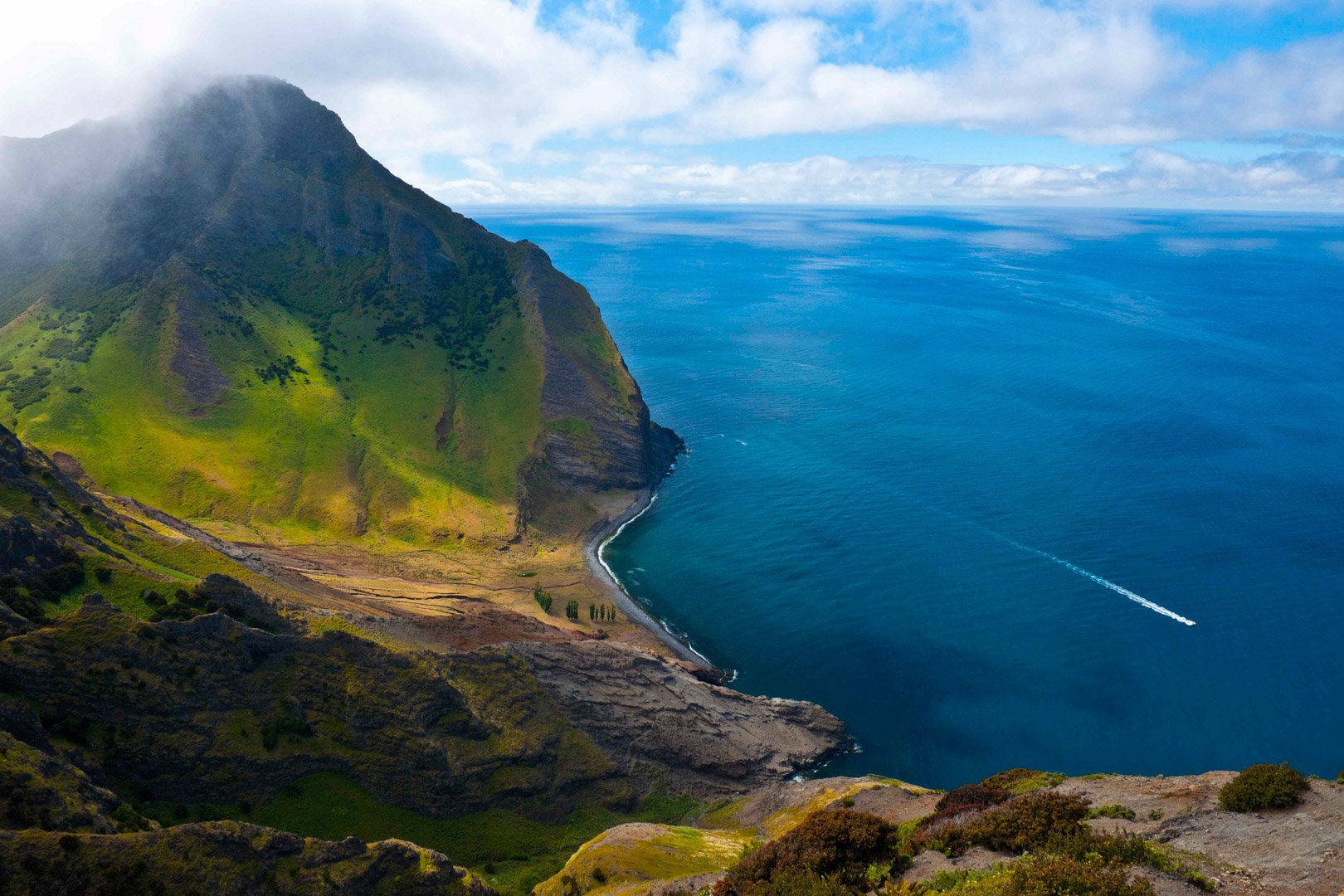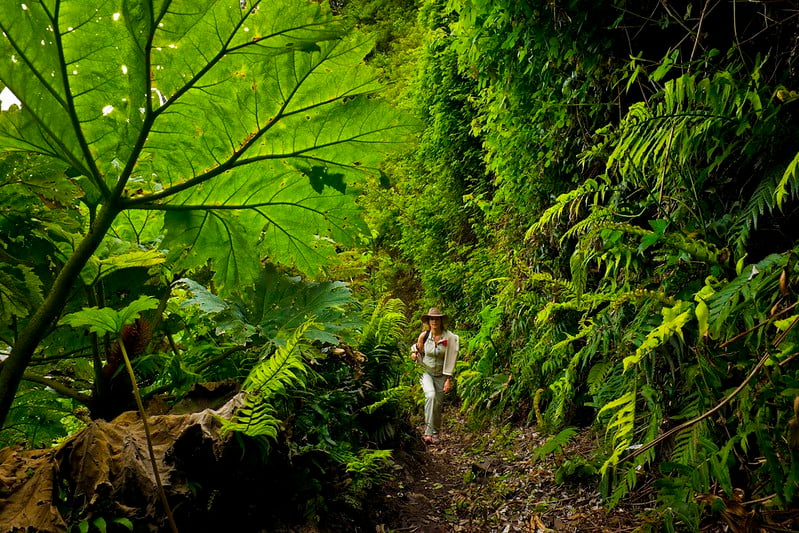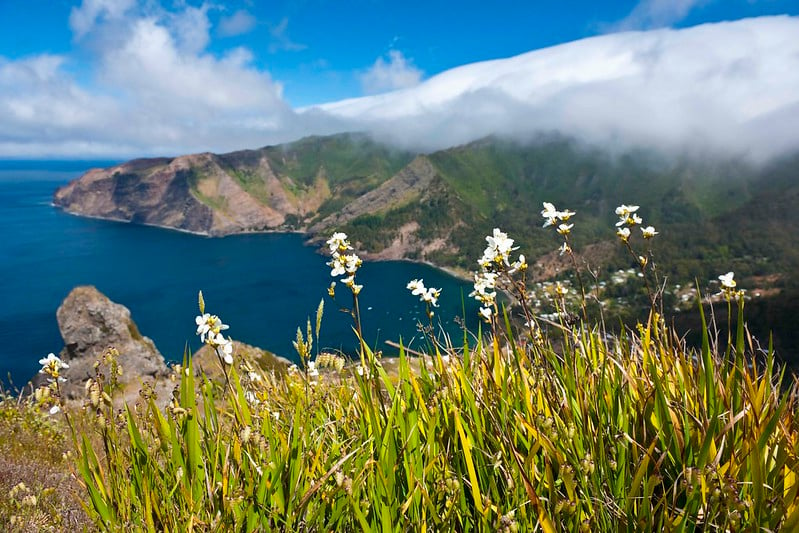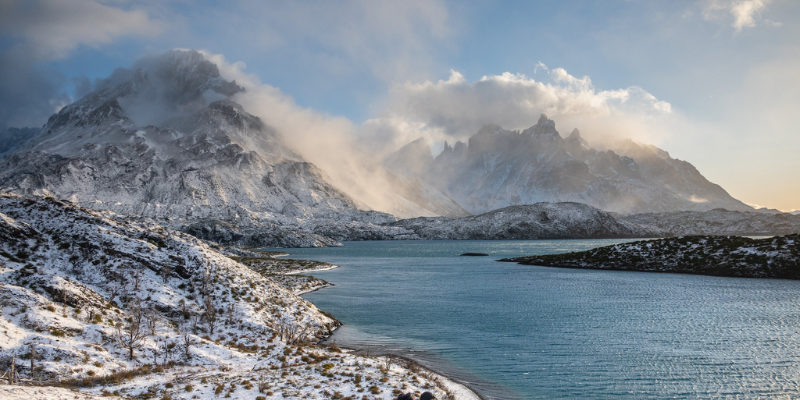Did you know that the novel Robinson Crusoe was based on a true story? And did you know that the real island behind that story lies not far off the coast of mainland Chile? Even if you did, there are probably still lots of things that you don’t know about this almost mythical Robinson Crusoe Island. Let’s set the record straight!

Myth #1: Robinson Crusoe Island is in Fiji
Our myth buster says: It’s true that there is an island called Robinson Crusoe Island in Fiji, but it’s not the original Robinson Crusoe Island! The Fiji version of Robinson Crusoe Island was only recently given the name after a yacht was wrecked on a nearby reef and the captain took refuge on the island, reminding islanders of the shipwreck from the novel. The real Robinson Crusoe Island, however, belongs to the Juan Fernandez Archipelago off the coast of Chile. Once known as ‘Más a Tierra’, the island was renamed in 1966 to reflect its status as the inspiration behind Daniel Defoe’s most famous novel. So whilst the island in Fiji is named the book, the book itself was based on events right here in Chile!
Myth #2: Robinson Crusoe was Shipwrecked on the Island
Our myth buster says: Whilst the events that inspired the story of Robinson Crusoe did genuinely take place on this island, they are not always exactly as described in the novel. In fact, the sailor marooned on Robinson Crusoe Island in 1704 was actually a scottish privateer called Alexander Selkirk. It’s also not entirely fair to say that he was shipwrecked on the island, since as it turns out, he was actually forced off the ship he was travelling on for being argumentative and continually complaining about the state of the vessel. The boat did later sink however, so he may have had a point! Left with just a few tools and navigational instruments, Selkirk survived alone on the island for four years and four months before he was eventually rescued.
Myth #3: It’s a Tropical Island
Our myth buster says: In the novel Robinson Crusoe, Defoe paints the island as a hot place with cocoa plants and tobacco trees, clearly reminiscent of a Caribbean island. However it turns out that much of this is a result of Defoe’s poetic license. The climate is actually subtropical and is tempered by the cold Humboldt ocean current, making the weather more mediterranean than tropical with an average annual temperature of 16.5ºC. The flora and fauna here also has a charm that’s all its own and the entire archipelago has been designated a World Biosphere Reserve in recognition of its unique plant and animal life. The island’s steep volcanic slopes are clothed in mountainous forests and evergreen bushes, which are home to the Juan Fernandez Firecrown, a bright red hummingbird found nowhere else but here.
Myth #4: The Island is Deserted
Our myth buster says: Alexander Selkirk may have been the island’s only permanent resident during his time there but these days the island is home to a small but thriving local population. The island was first visited by the Spanish sea captain Juan Fernández in 1574 but it was not settled and was generally used only as a stopping-off point. These days, the main village of San Juan Bautista supports a population of around 900 people, who are mostly dependent on fishing and trading the island’s famously delicious spiny lobsters. Although it does attract some tourists, the island remains the ideal tranquil getaway for those seeking a retreat from the crowds, with a range of activities including shipwreck scuba diving, horse riding and hiking.
Myth #5: The Island is Very Remote
Our myth buster says: Given the small number of visitors that make it out to visit Juan Fernandez Island each year, you might assume that it’s just too far away to visit. But you’d be wrong! The island is just 418 miles off the coast of mainland Chile, with flight times from Chile’s capital Santiago at just under three hours and a ferry transferring passengers from the airstrip to San Juan Bautista. That said, the island remains a peaceful and predominantly rural place, so it retains the feel of a long-lost island without being impossible to get to!

Now come and learn about the real island for yourself by arranging a bespoke tour with Cascada! Get in touch at reservations@cascada.travel.



_miniatura.webp)
_resultado_miniatura.webp)











